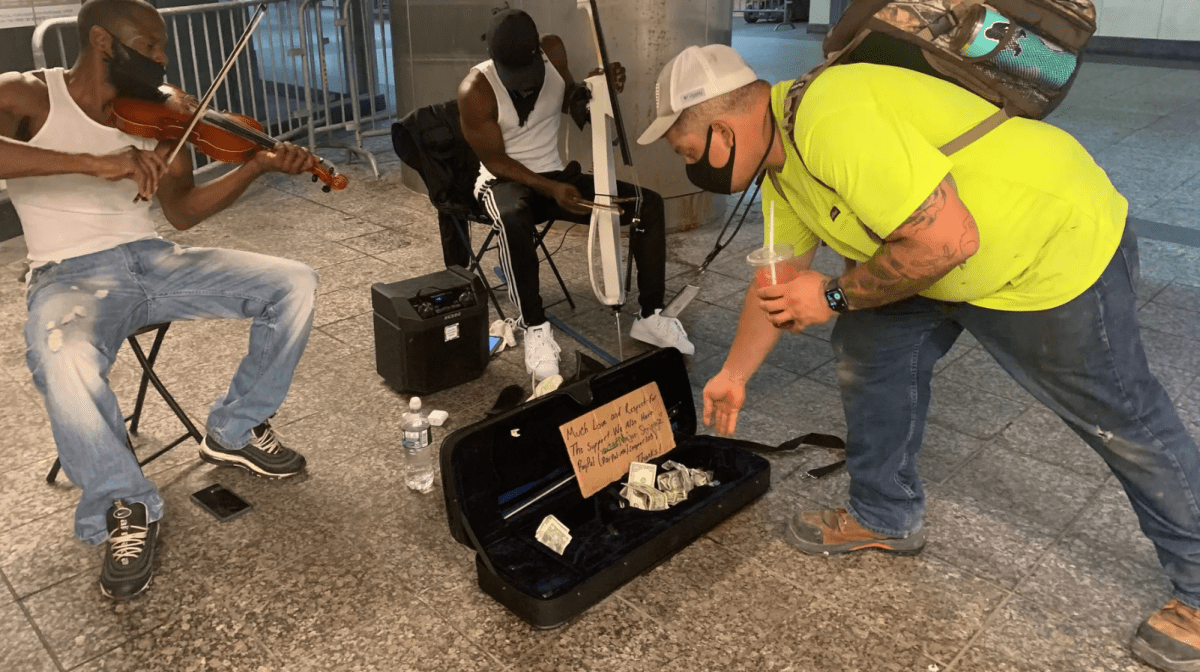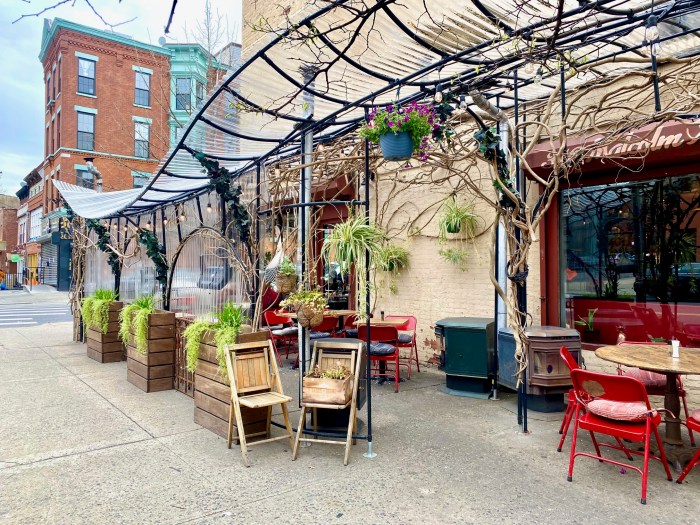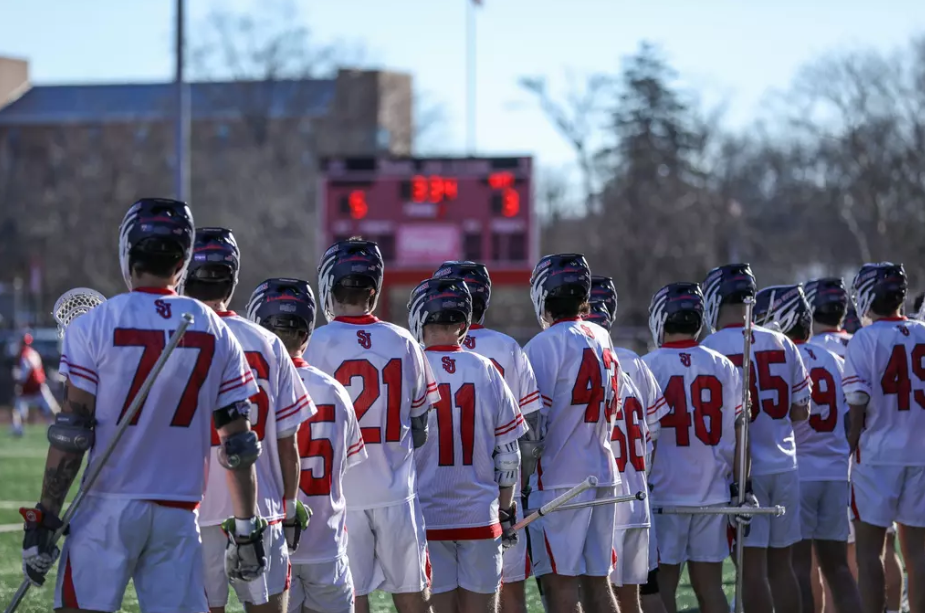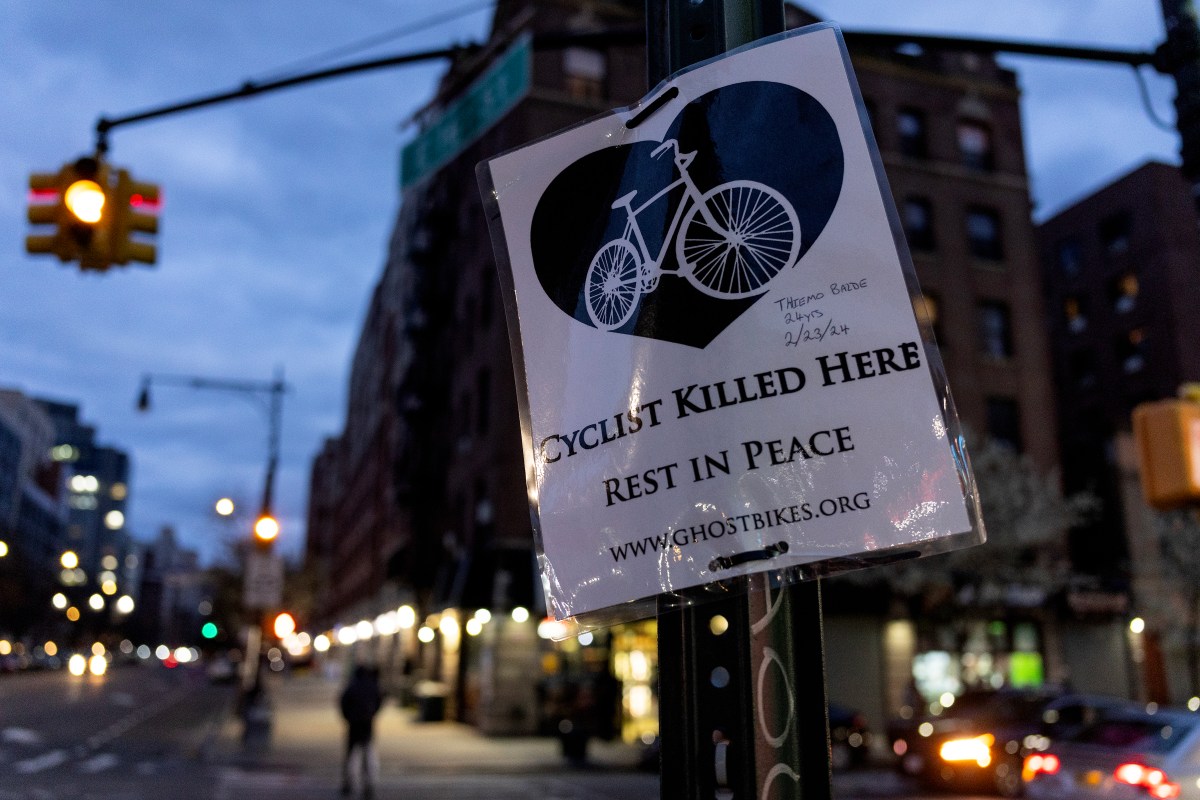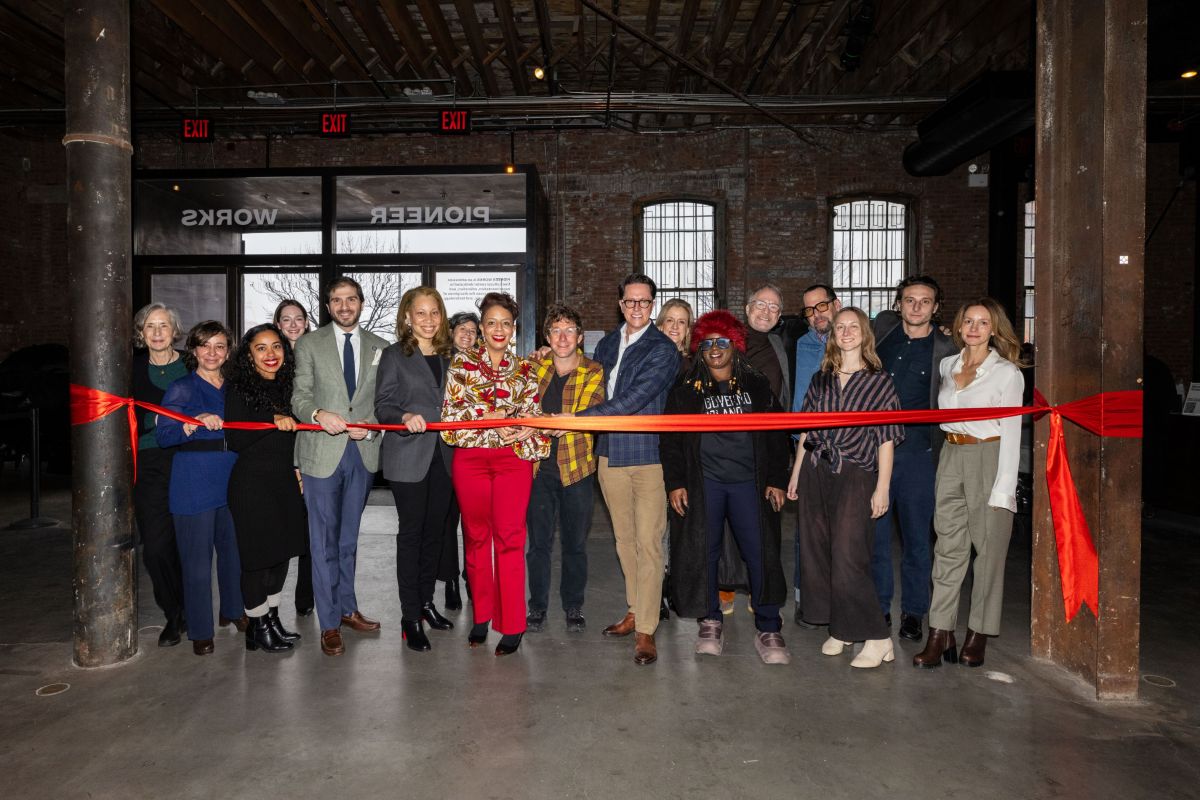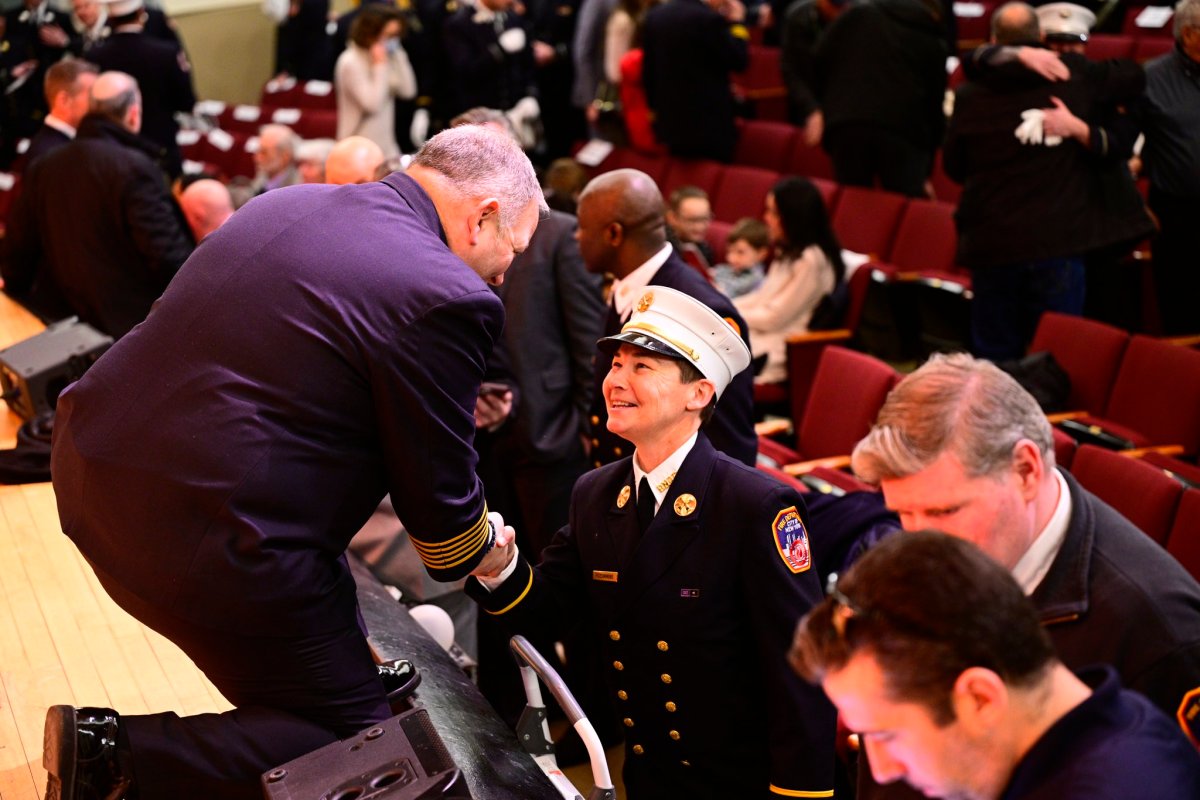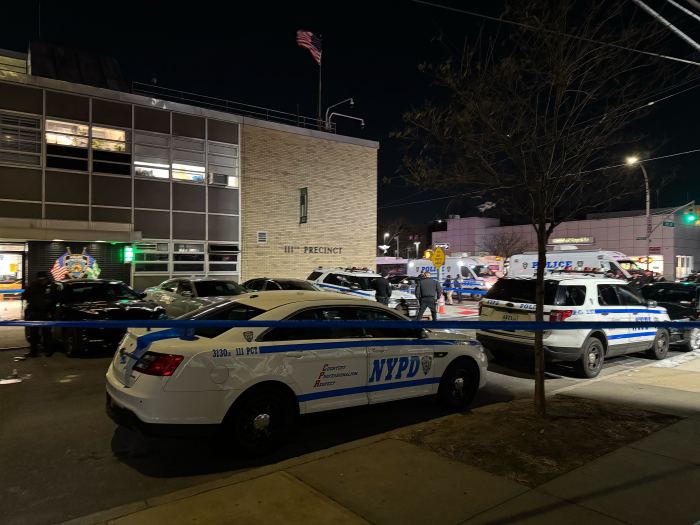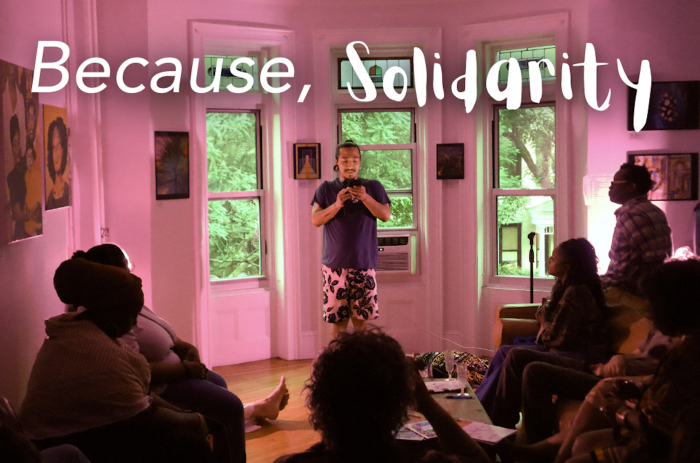BY TRONE DOWD AND JOSE MARTINEZ, THE CITY. This article was originally published on by THE CITY
Each weekday, Lamont Stokes and his brother, Antwon, pop open a violin case listing a PayPal address and park themselves near one of the busiest spots in the transit system.
Setting up by the turnstiles leading to the A/C/E lines at 34th Street-Penn Station, the Stokes brothers — who perform as “Major Stringz” — play violin and the electric cello in a section of the transit hub that last year saw more than 80,000 riders daily.
“Gotta make a living,” said Lamont Stokes, 41, who plays the electric cello. “This is how I feed my kids and pay my bills.”
But with weekday subway ridership hovering at around a mere 1.2 million riders a day — down about 75% from the same time a year ago — musicians who once relied on tips from commuters are feeling the crunch of a pandemic now in its sixth month.
MTA data shows that the turnstiles near where the Stokes Brothers play averaged 13,732 entries in the first week of August. In 2019, they averaged more than 80,300 riders a day, with more than 85,000 at the 1/2/3 stop at Penn Station.
“Oh man, before I was making a good $300 a day,” says Lamont Stokes, of Newark. “But now it’s like $40 a day, tops.”
“Major Stringz” returned to the subway last month after trying to get by during the pandemic through socially distanced gigs and playing from home.
“That didn’t work out,” Stokes said.
One Singer’s Sad Song
Other subway musicians are sounding a similar refrain. Greg Schlotthauer, a singer and pianist, said he stopped playing in March, just before stay-at-home orders took effect.
“Singing is considered super-spreader work,” he said. “The nature of singing is actually more dangerous in terms of passing on the infection than even talking, so I didn’t want to scare people.”
:no_upscale()/cdn.vox-cdn.com/uploads/chorus_asset/file/21728867/subway_busker_3.0.jpg)
Schlotthauer said subway riders were “unusually generous” with him shortly before stay-at-home orders came down. He estimated that he’s made “a sixth” of his income from performing in the subway over the last two decades.
“The last three days that I played, I changed my sign to say ‘O-M-G’ because everybody was just completely freaked out,” said Schlotthauer, 53, who usually performed at the 23rd Street stop along the C and E lines. “A bunch of commuters gave me $20 bills because they could see how much of a reduction there were of people riding the subway.”
‘I’m Getting Paid, Bro’
In March, the MTA paused its “Music Under New York” program, sidelining the 350 or so performers who entertain riders under the agency’s banner in busy subway stations.
Artists who are not part of the program but continue to play in the transit system are expected to adhere to social-distancing guidelines and wear masks, an MTA spokesperson said.
“It can be quite uncomfortable when you’re sweating bullets on a subway platform and trying to perform,” said cellist David Hincapie, 20.
Hincapie and clarinet player Duoyi Xi — who perform as Table 42 — previously played at Times Square-42nd Street.
After police asked them to move several times to maintain social distancing, Hincapie and Xi shifted to the cavernous 72nd Street station along the Second Avenue line, where they can more easily keep apart from others.
:no_upscale()/cdn.vox-cdn.com/uploads/chorus_asset/file/21728836/081120_busker_blarinet_1.0.jpg)
He said the income at the pair’s new location has been “pretty decent,” though the vibe is gone.
“The energy in the subway, when you’re playing, it’s adrenaline-pumping,” Hincapie said. “Now it’s just so hard to get people in a crowd hyping each other up because nobody wants to be next to each other.”
Tarron Stewart, a 15-year-old percussionist from Harlem who frequently played at 42nd Street and 125th Street along the 4/5/6 lines, stayed away from the subway for months, unable to help out his family with income earned from playing music on buckets.
Instead, Stewart, who goes by the nickname “T The Musicman,” posted past performances on social media that repeatedly went viral and earned him appearances on several television shows since the start of the pandemic. Now he’s back in the subway — with a mask.
“I’m getting paid, bro,” he said. “People know who I am, they’ll call out my name … they’ll say, ‘Oh my God, that’s the kid that was on MTV.’”
THE CITY is an independent, nonprofit news outlet dedicated to hard-hitting reporting that serves the people of New York.



